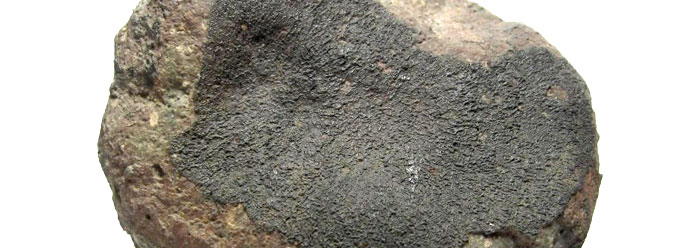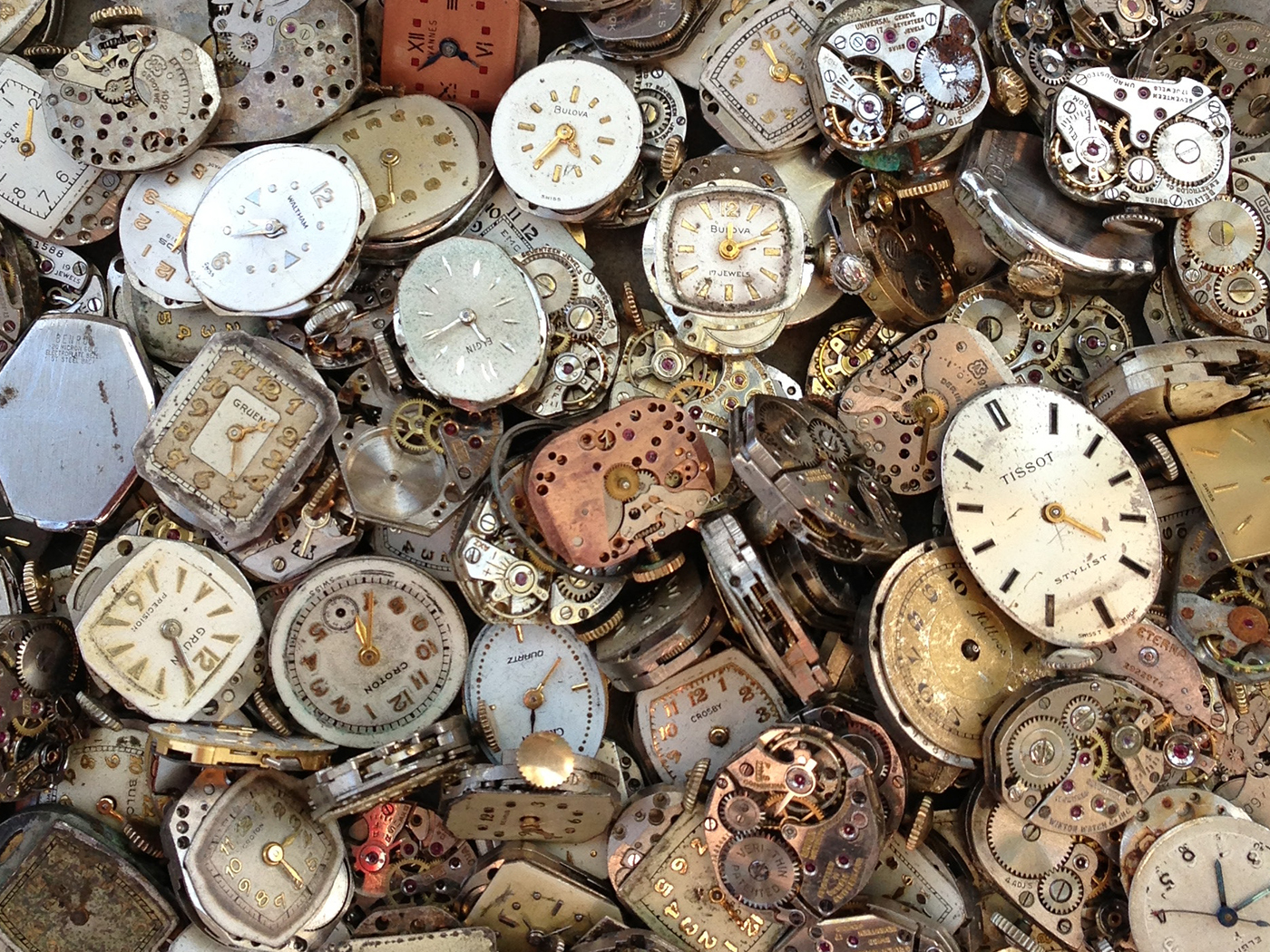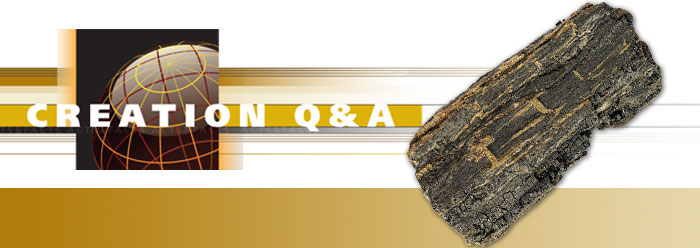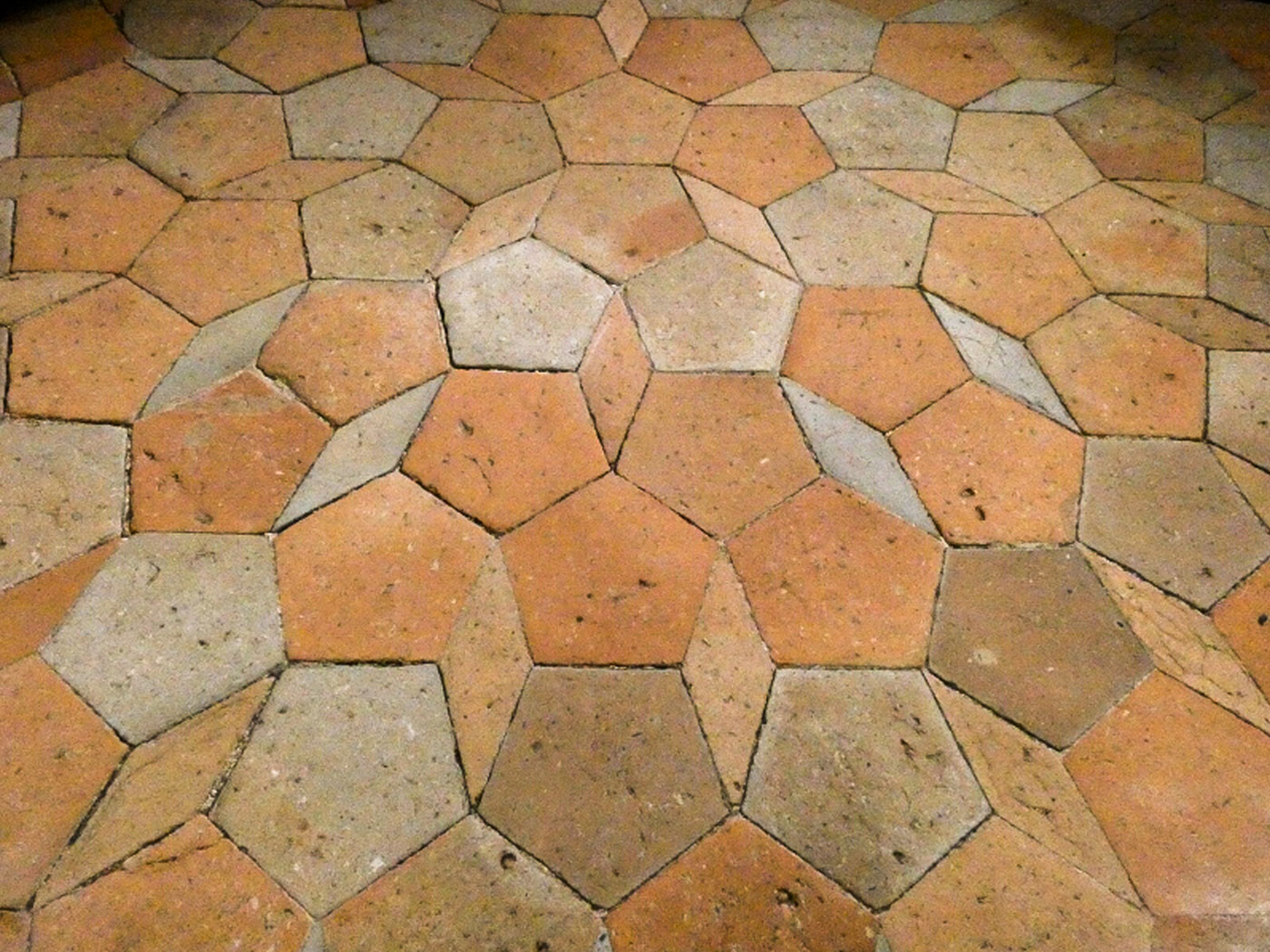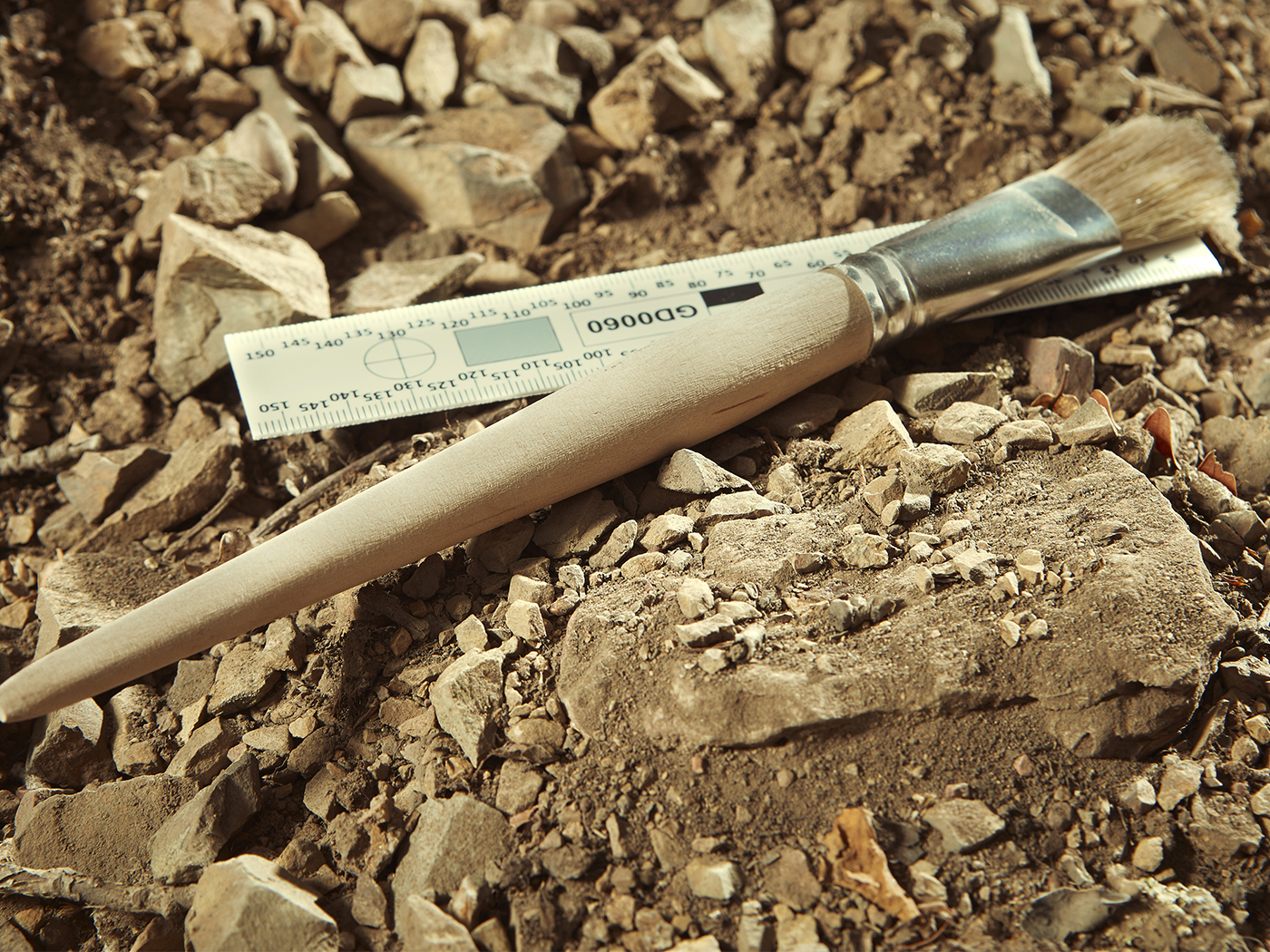New data collected by secular researchers has confirmed what creation scientists discovered decades ago—geologists’ assumptions about radioactive decay are not always correct.
For a century, the radioactive decay of unstable elements into more stable ones has been used as a natural clock to estimate the age of earth materials. Even the solar system has been dated using one of these systems, by measuring the amount of a decaying element and comparing it to the amount of its stable (decayed) daughter material in meteorites. However, a recent analysis using state-of-the-art equipment found that a basic assumption underlying one of these clock systems needs to be re-evaluated.
Gregory Brennecka of Arizona State University and colleagues measured the relative amounts of Uranium 238 to Uranium 235 from several samples taken from the large Allende meteorite, named for the village in Mexico near where it landed in 1969. With the more sensitive instrument, they detected small differences in isotope ratios from different inclusions within the same meteorite.1 Isotopes are versions of an element with differing nuclear components. The full technical report appeared in the January 22, 2010, issue of the journal Science.
The differing amounts of material that were found in separate samplings of the same meteorite were unexpected. The current standard age assigned to the solar system of 4.6 billion years was determined by studying the Uranium-to-Lead decay systems in meteorites, which are assumed to have formed before the planets did. This age was based on the belief that the rate of decay has been constant, and that Uranium 238 will be present in a known ratio to Uranium 235. The varying quantities of these isotopes call into question the calculated age of the solar system, since “one of the equation’s assumptions — that certain kinds of uranium always appear in the same relative quantities in meteorites — is wrong.”2
“This variation implies substantial uncertainties in the ages previously determined by Pb-Pb [lead-lead] dating of CAIs,” Brennecka stated in an ASU press release.3 CAIs are “calcium-aluminum-rich inclusions” found in the meteorite. Though the measurements of these elements are very precise, the assumptions upon which their usefulness as a clock rests are questionable at best. In a Wired Science article on Brennecka’s findings, Gerald Wasserburg, emeritus professor of geology at Caltech, commented, “Everybody was sitting on this two-legged stool claiming it was very stable, but it turns out it’s not.”2
To be fair, however, it wasn’t “everybody” who claimed this. For years, creation researchers have published ample data to refute the assumed reliability of nuclear decay clocks in general, as well as specifically for Lead. For example, in 1979, John Woodmorappe catalogued scores of discordant dates “determined” by isotope decay systems, all published in secular literature.4 In 2003, Andrew Snelling published more discordant “ages,” taken from isotope measurements at Australia’s Somerset Dam.5 Another study tested the reliability of ages based on radioisotope systems from Grand Canyon and other formations. It found disagreeing “ages” from different isotope systems for the same rock.6 These discordant dates should not be evident if the assumption of rate constancy—which underlies radioisotope dating of igneous materials and is used to support the “billions of years” age for the solar system—is accurate.
In 2005, sedimentologist Steve Austin performed a test of the lead-lead isotope clock assumptions in earth material, and found data that nullified the idea that the decay rate has been constant.7 So, it is not surprising that Brennecka’s team has now found a need to tweak the age formulas used for dating meteoritic material.
Although it is apparent that millions of years worth of decay—at today’s slow rates—has occurred in isotope decay systems, it is clear that the decay occurred rapidly, during a period of extreme acceleration. Only in this way could Helium have become trapped in granites,8 Polonium radiohalos have left their signatures,9 and other microscopic scars called “fission tracks” have formed.10
Although Brennecka and his colleagues detected only a small difference in the Uranium isotopes within the same rock, this was enough to cast a measure of doubt on a procedure that has been deemed nearly infallible for many decades. And this dovetails with other valid research which has unearthed enough other data to call into question the assumed reliability of isotope clock dating systems.
References
- Brennecka, G. A. et al. 238U/235U Variations in Meteorites: Extant 247Cm and Implications for Pb-Pb Dating. Science Express. Published online December 31, 2009.
- Grossman, L. Age of Solar System Needs to Be Recalculated. Wired Science. Posted on wired.com January 4, 2010, accessed January 12, 2010.
- Staab, N. ASU researchers recalculate age of Solar System. Arizona State University press release, December 31, 2009.
- Woodmorappe, J. 1979. Radiometric Geochronology Reappraised. Creation Research Society Quarterly. 16 (2): 102-129.
- Snelling, A. A. 2003. Whole-Rock K-Ar Model and Isochron, and Rb-Sr, Sm-Nd, and Pb-Pb Isochron, “Dating” of the Somerset Dam Layered Mafic Intrusion, Australia. In Ivey, R. L., ed. Proceedings of the Fifth International Conference on Creationism. Pittsburgh, PA: Creation Science Fellowship, 305-324.
- Snelling, A. A. 2005. Isochron Discordances and the Role of Inheritance and Mixing of Radioisotopes in the Mantle and Crust. Vardiman, L., A. A. Snelling and E. F Chaffin, eds., Radioisotopes and the Age of the Earth: Results of a Young-Earth Creationist Research Initiative. El Cajon, CA: Institute for Creation Research and Chino Valley, AZ: Creation Research Society.
- Austin, S. A. 2005. Do Radioisotope Clocks Need Repair? Testing the Assumptions of Isochron Dating Using K-Ar, Rb-Sr, Sm-Nd, and Pb-Pb Isotopes. In Vardiman, L., A. A. Snelling and E. F Chaffin, eds., Radioisotopes and the Age of the Earth: Results of a Young-Earth Creationist Research Initiative. El Cajon, CA: Institute for Creation Research, and Chino Valley, AZ: Creation Research Society.
- Humphreys, D. R. 2003. New RATE Data Support a Young World. Acts & Facts. 32(12).
- Snelling, A. A. 2002. Radiohalos—Significant and Exciting Research Results. Acts & Facts. 31 (11).
- Snelling, A. A. 2005. Fission Track in Zircons: Evidence for Abundant Nuclear Decay. In Vardiman, L., A. A. Snelling and E. F. Chaffin, eds., Radioisotopes and the Age of the Earth: Results of a Young-Earth Creationist Research Initiative. El Cajon, CA: Institute for Creation Research, and Chino Valley, AZ: Creation Research Society.
* Mr. Thomas is Science Writer at the Institute for Creation Research.
Article posted on January 21, 2010. Revised January 26, 2010, for accuracy.




